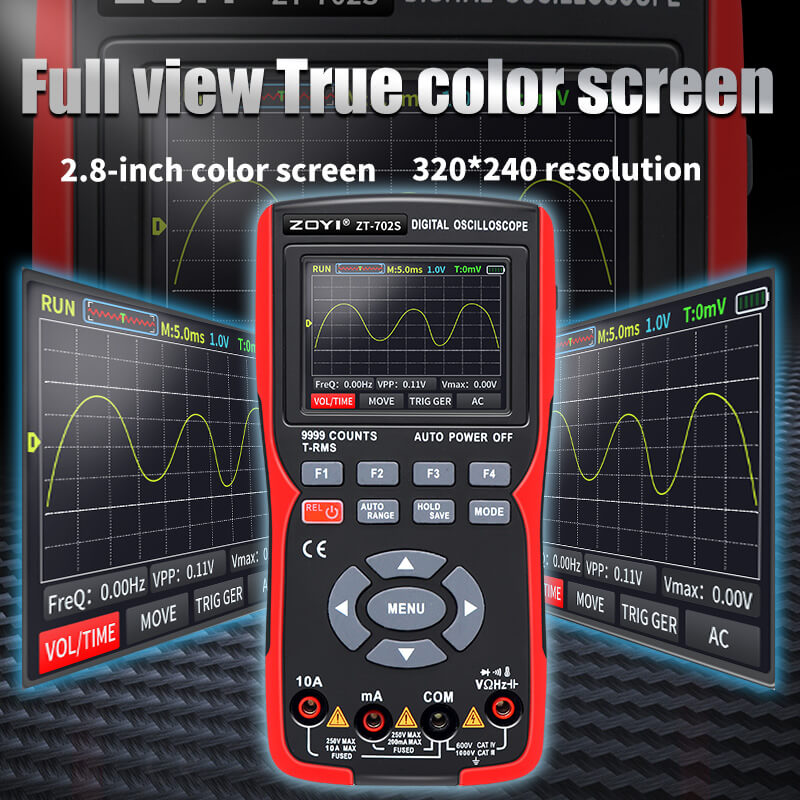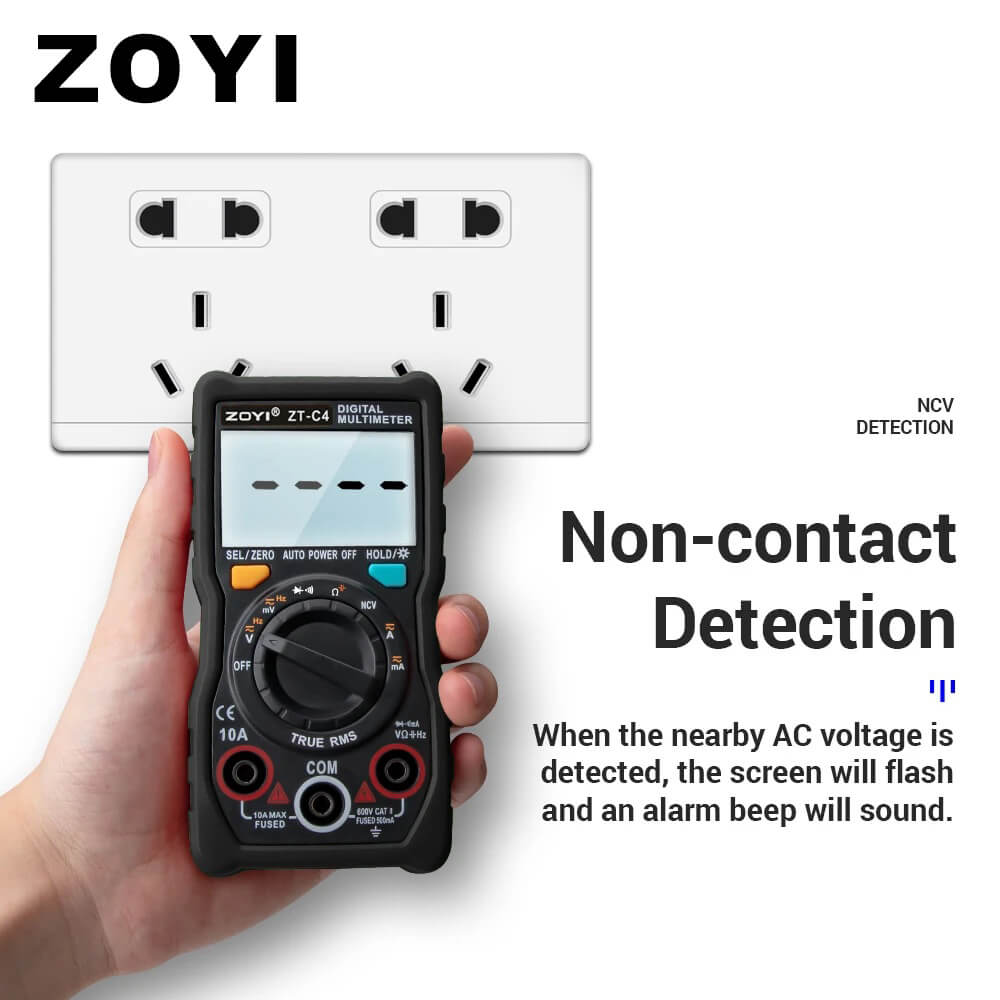Have you ever found yourself stumped while using a digital multimeter? Ever wished for a more intuitive interface that just understands your needs? Have you questioned why multimeters can’t be as user-friendly as your smartphone?
This leads us to a crucial question: how do we revolutionize the digital multimeter interface to enhance the user experience?
It starts with understanding that a multimeter isn’t just a tool; it’s an extension of the user’s hands and mind. The ideal multimeter should feel familiar and intuitive, making complex measurements as easy as a couple of button presses. User experience lies at the heart of this transformation.
Are you curious about how a company dedicated to creating electronic measurement devices is redesigning multimeters with User experience in mind?

Why is User Experience Crucial in Digital Multimeter Design?
As with any product, the user experience is pivotal. It determines how efficiently and effectively a user can perform tasks and interpret results. For digital multimeters, this means a well-designed interface, simple operation, and clear readouts.
A study conducted in 2022 revealed that 82% of professionals in the electronics industry believe a multimeter’s user interface directly impacts its usability. This underscores the need for a user-centric design approach in digital multimeter manufacturing. In addition, research indicates that an intuitive and user-friendly interface can reduce measurement errors by up to 50%. A well-designed layout, including strategic button labelling and placement, can substantially reduce the time taken to perform measurements and bolster the user’s confidence in the readings. Furthermore, a design that feels comfortable in the user’s hand can also enhance their overall satisfaction with the product.

What Does User-Centric Digital Multimeter Design Look Like?
Imagine a digital multimeter that is as easy to navigate as your smartphone. This is the vision behind user-centric design. It involves understanding user needs and crafting an interface that meets these needs seamlessly. For example, a backlit display enhances readability in low-light conditions, a common scenario for many electricians and technicians. Similarly, auto-ranging capabilities eliminate the need for manual range selection, making the device more user-friendly and efficient.
How Are Multimeter Interfaces Being Revolutionized?
The ongoing revolution has already commenced. Designers and engineers are engaging in collaborative efforts, leveraging their combined expertise to drive innovation. These include introducing touchscreens, optimizing button layouts, integrating color displays, and incorporating smart features for seamless connectivity with other devices.
The incorporation of the Touch Screen Interface and Wireless Connectivity features is intended to enhance user interaction with the multimeter. The utilization of a touchscreen interface provides enhanced adaptability in both layout and functionality, accompanied by optimized button arrangements that facilitate convenient access to frequently utilized features. The utilization of a color display enhances the clarity of readings and mitigates potential errors in measurements. There are now even multimeters that can connect to your smartphone via Bluetooth, turning your phone into a remote display. This means you can take measurements in hard-to-reach areas while monitoring readings from a safe distance. Smart features such as wireless connectivity can also over enable users to effortlessly save and share readings, further increasing the usefulness of the device.

What Are the Benefits of User-Centric Multimeter Design?
By focusing on the user experience, multimeters become more than just measurement tools. They become a seamless part of the user’s workflow, increasing productivity, and reducing the chance of errors.
Moreover, user satisfaction increases, fostering brand loyalty and repeat business. After all, a satisfied user is a return user.
Conclusion
Revolutionizing digital multimeter is about more than just aesthetics or novelty. It’s about understanding and fulfilling user needs to create a tool that is intuitive, efficient, and valuable. As the saying goes, “Design is not just what it looks like and feels like. Design is how it works.” And when it comes to digital multimeters, this couldn’t be more validity.

